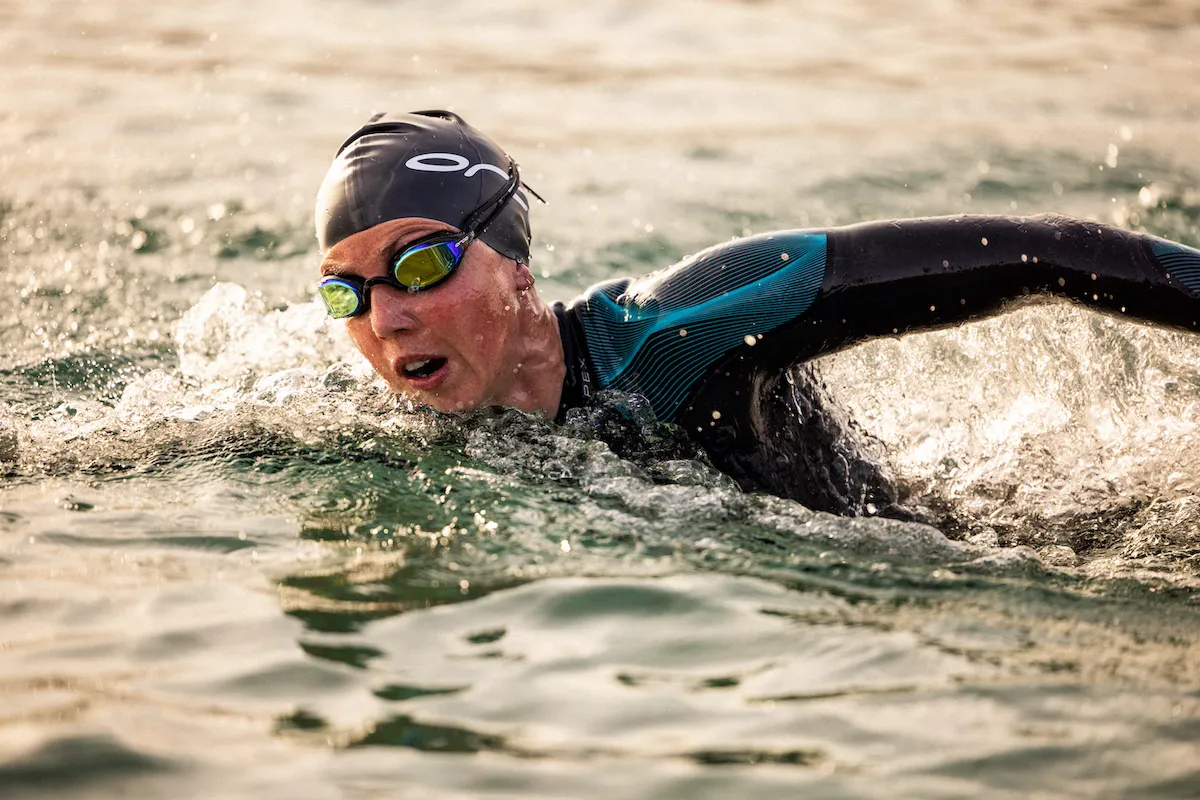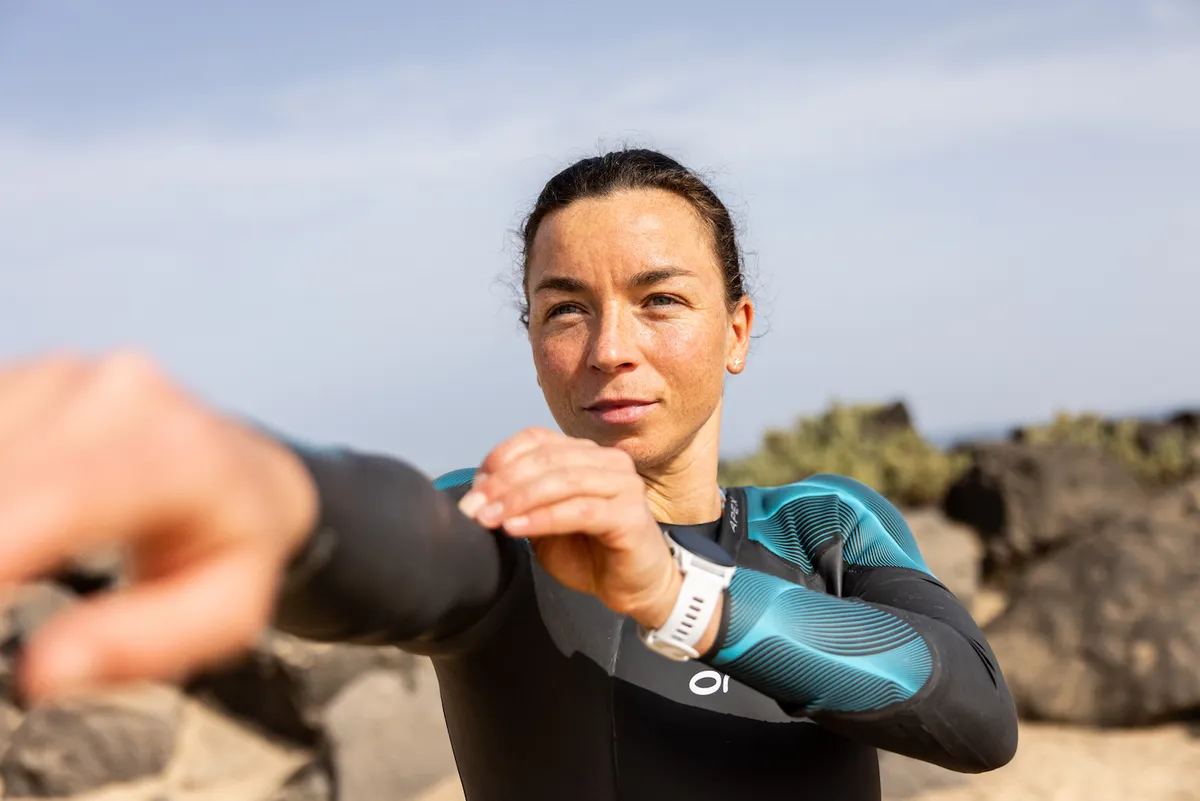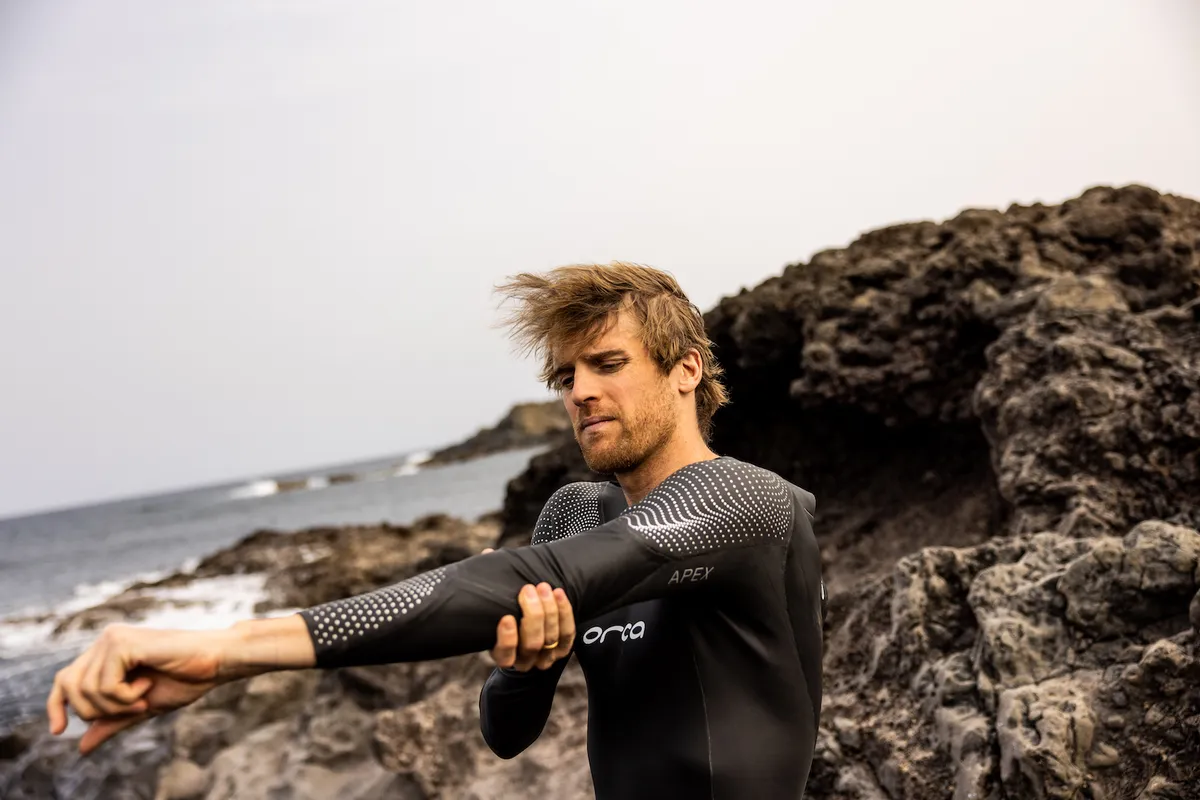Your wetsuit may look like a relatively simple item of kit, but we would argue it’s one of the most important purchases you can make before venturing out on your triathlon journey.
Get the right wetsuit and you’ll be warmer, faster and more comfortable throughout your swim training and racing. Get it wrong, however, and you’re setting yourself up for chilly water ingress, sinky legs, an achy back and shoulders, and a frustrating experience all round.
But with the market exploding with the rise of popularity in open-water swimming, how do you choose the triathlon wetsuit that’s best for you?
Triathlon-specific technology

First up, we would narrow down the choice by looking at triathlon wetsuits and not those designed for open-water swimming. The same thing? Well, not exactly. Open-water suits tend to have warmth at the core of their design more than speed and flexibility and if you want that racing edge, then a triathlon wetsuit is the way to go.
In a triathlon wetsuit you will usually find superior neoprene quality (such as the Yamamoto 44 neoprene used in the Orca Apex Flex, pictured above), which gives enhanced fit and flexibility.
The cuffs and ankles will be more flexible and aquaphobic for a speedy transition and the zip may have a slightly-different design (eg top down closure) to make removal easier – and to stop cheeky competitors pulling on it mid-race!
One note on thermal wetsuits, too – while these are great if considering a colder race (such as Norseman) or swimming through the winter, they’re usually a touch too warm for racing in the summer and that extra warmth often comes to the detriment of flexibility.
What kind of swimmer are you?

Once you’ve whittled the choice down to wetsuits suitable for triathlon swimming – and decided what your budget will be – the next thing to do is to think about what kind of swimmer you are.
Just as all swimmers are not the same, not all wetsuits are the same either. While this may seem overwhelming, it’s actually a good thing that there is so much choice in the market.
It means that there will be a wetsuit out there that will improve your body position in the water, make you more streamlined, fit like a glove and correct any problems in your technique (to a certain extent anyway!).
For example, Orca’s new top-end wetsuits cater for both strong swimmers with technical imperfections (see the Orca Apex Flow) and strong swimmers with near perfect technique and body position (see the Orca Apex Flex).
Body position

If you’re not sure what is right for you, start with body position. When you lie in the water without a wetsuit on, do you tend to float well? Do your legs stay near the surface, or do they sink?
This will determine how much buoyancy you need in the legs. Our legs create drag when we swim with them sinking behind us, so this could be the single most important thing you do to make you quicker on race day.
Sinkier-legged swimmers should look for a wetsuit with 5mm panels in the thighs to help lift them up, whereas those who already have buoyant legs (generally women) may find this unnecessary and can even find that the lift in the legs pinches their lower backs.
The Orca Athlex Float is a fine example of a wetsuit that provides good lift in the legs without being too aggressive, thanks to its 4.5mm neoprene leg panels.
We rotate as we swim too, so if you have a weaker core (you’ll spot this if you tend to weave or ‘snake’ through the water) then you may find a wetsuit with thicker, more buoyant and stabilising panels in the core will help you swim faster.
Flexibility and feel

All swimmers will appreciate a flexible wetsuit – after all, nobody wants to struggle when getting ready to swim – but top-end and competent swimmers may prefer the barely-there feeling you get from a much thinner wetsuit.
In this case, look for thinner and more flexible grades of neoprene and technologies, which support more of a natural-feeling swim. Some brands have pioneered tissue-thin yet resilient sleeves – such as Orca’s 0.88 Free Technology, which creates extremely thin sleeves with excellent feel for the water.
Experienced swimmers will also want to retain their natural body position in the water, so may prefer a suit that combines just enough thickness of neoprene for warmth, but without much additional buoyancy and full freedom of movement.
Fit is king

Once you know what kind of wetsuit to go for, then getting the correct fit is essential. Check the sizing charts carefully (all brands differ) and if at all possible, try before you buy – or seek advice from the manufacturer first.
Your wetsuit should fit like a second skin and even feel slightly tight on dry land, as all wetsuits will give a little bit in the water. What you don’t want is a wetsuit that is too roomy and allows water to flush through (you’ll get cold!) or one which is too short in the body or too tight on the arms/shoulders and thus impedes your stroke.
We hope armed with this knowledge you can go out and find the right wetsuit for you – see you in the water soon!
Visit the Orca website to discover the brand’s new range of triathlon wetsuits, with options suited to all types of triathlete.
